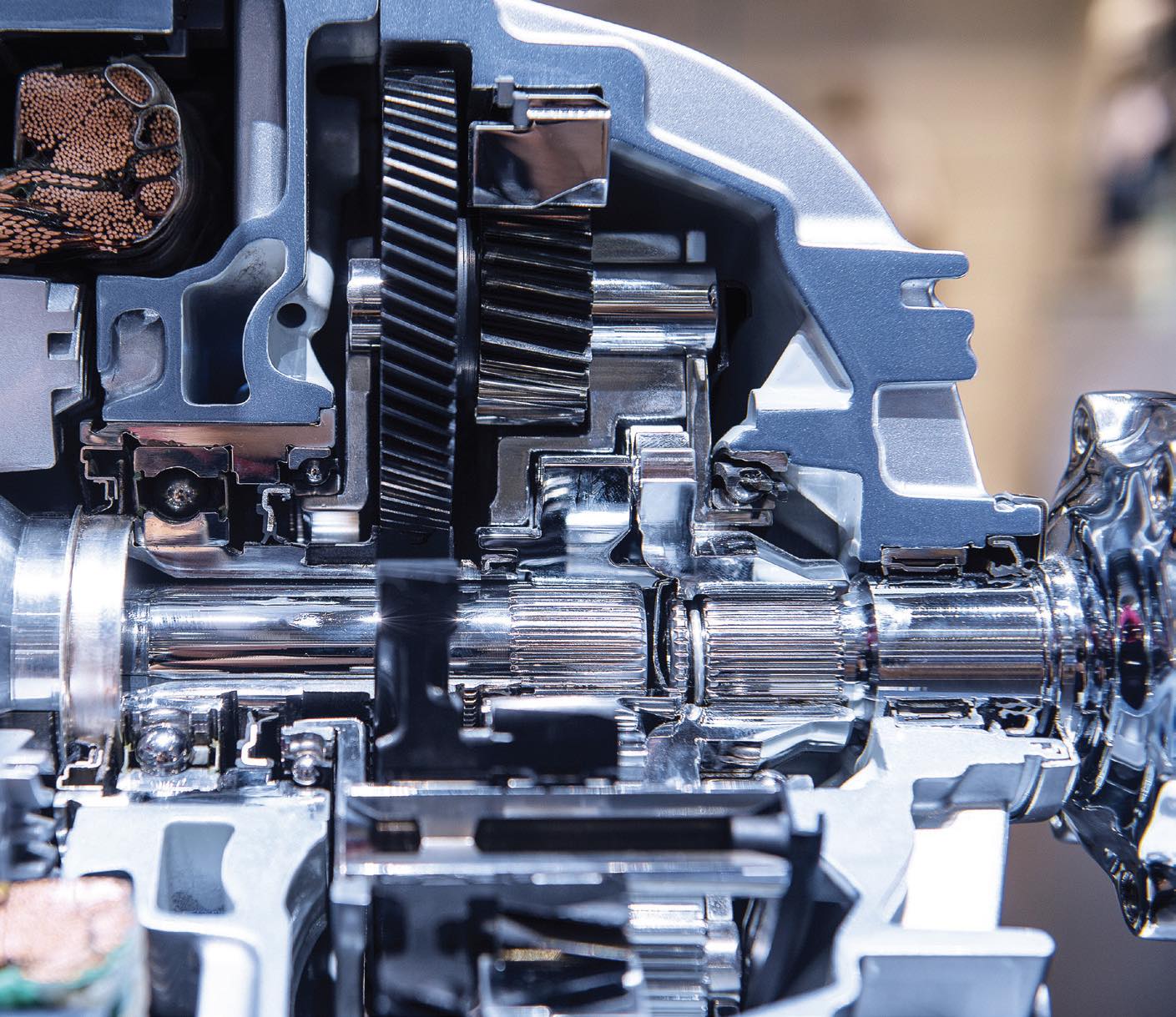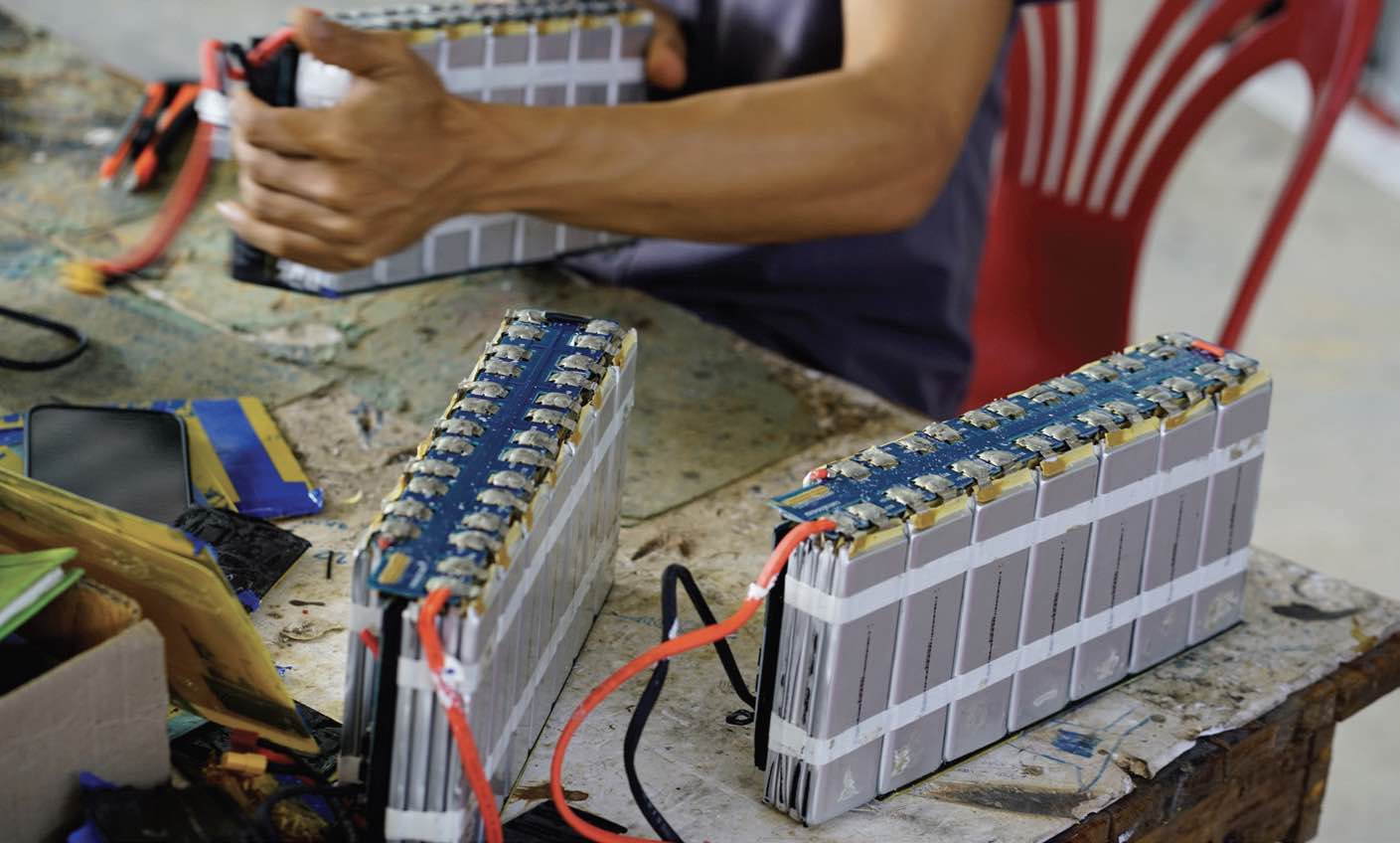Executive Summary
Electric vehicle (EV) drivetrains present some new tribological challenges compared to internal combustion engines (ICE). Many of these challenges, including wear, viscosity requirements, high speed and heat management, are technical in nature. Some readers also pointed out market and supply issues, including consumer hesitation, destructive mining practices and concerns about reaching underdeveloped countries.
Q.1 What do you think are the greatest tribological challenges facing EV drivetrains?
Higher speeds and loads in the motors and wheel bearings.
Corrosion and heat dissipation capacity.
Harmonization of oil standards given the diversity of EV drivetrain design, more so than ICE.
Creating high efficiency whilst having low wear and good material compatibility.
Low viscosity, high shear, high torque and no copper corrosion completely reverts how we think of formulating things like auto/industrial gear oils (higher viscosity better, lots of sulfur).
Lubricity.
Overcoming the buyers’ “resistance” to purchase a non-ICE vehicle.
Wear, pitting and scuffing of gears used in EV gearboxes. Run at higher speeds and have noise, vibration and harshness (NVH) issues.
Lubricating the gears due to the electrical current and aeration.
Tighter packaging, less control of temperature.

High-speed, high-load protection coupled with excellent copper corrosion prevention. Add in the desire for fill for life and formulating becomes very complicated.
The destructive mining required to produce nickel, lithium and cobalt.
Probably the biggest point challenge will always be the attempts to improve operating efficiency. There are obviously diminishing returns, but minimizing the losses will continually be the goal.
Understanding the specific tribological requirements and the ability to show differentiation between different systems.
Do you believe EV drivetrains present unique challenges that drive innovation in formulating oils?
Yes
80%
No
20%
Based on an informal poll sent to 15,000 TLT readers.
Fluid behavior in the presence of electric fields, high speed durability and material compatibility.
Designing fluids that are efficient for both high speed and high torque/contact pressures while meeting needs for heat transfer. Part of this will be education and thinking beyond traditional lubricating fluids.
Development of lubricants capable of operating in start-stop conditions and in conditions of increased intensity of electric micro-arcs.
Compatibility with materials of construction.

Even though EVs provide an emission-free environment, drivetrains used for EVs have to be improvised; design parameters, material selection, processing methods and assimilation and absorption of new technologies will be challenges for the tribological engineers. The technology should be spread as fast as possible to the undeveloped and underdeveloped nations, otherwise the technological innovation is only for a few countries. Otherwise, more than 50% of humanity will use fossil fuels, and developed countries will use EVs. EVs should be user friendly and adaptable and reach every corner of the world. For producing batteries and other system components, you should not waste huge energy. Then the purpose will be wasted. If you are producing a higher cost EV drivetrain, then it is very difficult to capture the consumers. Cost, quality and affordability are the key questions.
Durability.
There are several major challenges. One is developing new fluids and greases able to lubricate bearings and gears at large rpm that could be about 20,000 rpm. Another one is developing transmission fluids that should lubricate and cool drivetrain elements that will additionally have electrical parts having copper as a corrosion catalyzer. In both cases chemical interactivity of fluids additives that perform opposite working functions has the largest challenge. One more challenge is operating clutches in hybrid electric vehicle (HEV) and plug-in electric hybrid vehicle (PHEV) drivetrains under higher slippage at large rpm.
Compared to ICEs, do you believe EVs limit the scope of friction reduction technology development opportunities from a tribological perspective?
Yes
33%
No
67%
Based on an informal poll sent to 15,000 TLT readers.
Probably balancing conductivity (to dissipate charge, without arcing) and performance. Having compatible fluids for different makes and models that might require different levels of conductivity.
For the past 100 years, the automotive industry has pushed for better fluids to overcome tribological challenges. The challenges for EVs are surprisingly similar: 1.) less unwanted friction, 2.) less component wear, 3.) better heat management, 4.) longer drain intervals and 5.) material compatibility.
What we expect with EV bearing applications are higher loads due to increased vehicle weight from the battery packs, increased frictional heat from higher loads and speeds of the drivetrain, and copper compatibility will be more important that previous bearing applications.
Absolutely. Now the EVs’ efficiency evidences the friction losses in the drivetrain.
Limited inspection of key components.
Rust on brake pads if using regenerative breaking all the time.
Lubricants compliant with environmentally friendly requirements.
Electric current causing corrosion.
Extreme heat, qualified service technicians.
I honestly don’t think they bring any new challenges. We will need to reformulate some lubricants and play around with viscosities, but generally the tribological regimes of bearings, gears and couplings will remain unchanged. It is merely down to making small changes to the lubricants to better suit the applications; the fundamentals will remain unchanged.
Electrical discharge damages (frosting, fluting and lubricant degradation).
Speed and load variations from zero to very high, then cooling of the units. Probably specific synthetics like polyalkylene glycol (PAG) are required.
Thermal management and high speed/high torque are major challenges.
Meeting all the needs/desires of the market with one formulation. Energy efficiency, low viscosity, fill for life, sustainability, biodegradability, material compatibility and challenging operating conditions from engineering advances (high speed/extreme temps).
High speeds, lifetime issues and electrical current.
Heat and varnish formation due to localized high temperature in components.
High speeds, low viscosity lubes, strict NVH requirements.
The battle between agenda driven goals and the cost and practicality of meeting these goals.
Thermal evaluation.
An EV truck might not be a great option. If you need to tow something, EVs limit the scope of friction reduction technology. You would be stopping every hour to recharge, which would take about 45 minutes a pop, and that is absolutely not practical.
Special coolants are used.
Clean lubrication system.
Editor’s Note: Sounding Board is based on an informal poll sent to 15,000 TLT readers. Views expressed are those of the respondents and do not reflect the opinions of the Society of Tribologists and Lubrication Engineers. STLE does not vouch for the technical accuracy of opinions expressed in Sounding Board, nor does inclusion of a comment represent an endorsement of the technology by STLE.